Split and Hvar – two of Croatia’s most popular destinations – combine a blend of glamour and tradition with a stunning backdrop of rolling hills and a lush interior, fringed by pebblestone beaches and the crystal clear waters of the Adriatic Sea. A match made in Mediterranean heaven? We think so.
Read on to find out everything you need to know about a 7-night Split and Hvar twin-centre holiday, including when to travel, how to get around and where to stay and play.
When to visit Split and Hvar
The best time to visit Croatia is in late-September and October when the crowds have receded and the Adriatic sea is still warm enough for a dip. By November, temperatures have dropped to around 15°C, where they’ll remain for the rest of the winter. While April and May see a rise in temperatures and visitors, the official high season runs from June through September, with July being the busiest month.
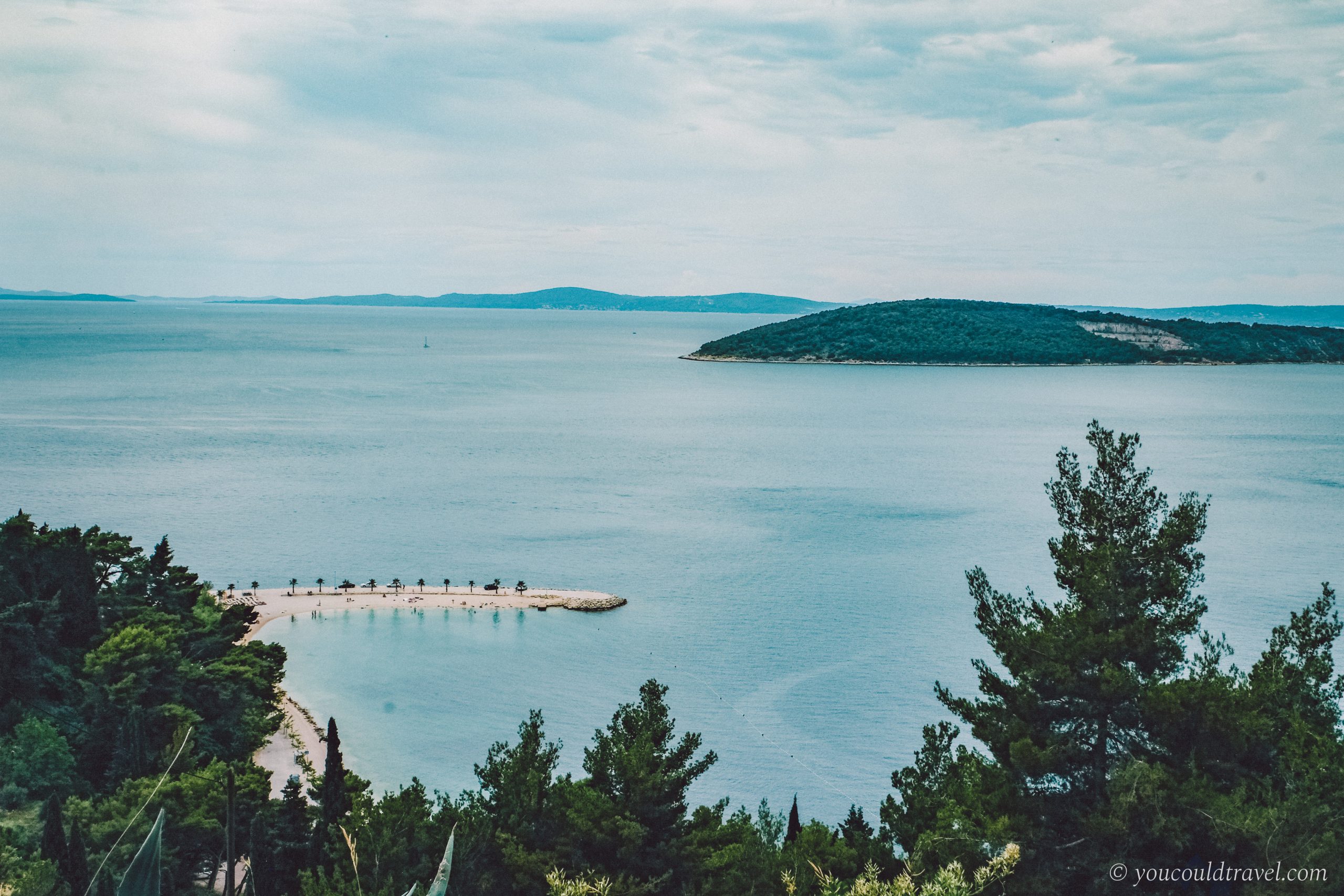
How to travel between Hvar & Split
Hvar can be reached directly from Split in just over an hour by catamaran or ferry. Jadrolinija is the main operator which runs a daily service, year-round. Be sure to pre-book tickets in peak season via the Jadrolinija website. Fares vary but most tickets are around £10 one way. During the summer months, it’s even possible to enjoy a day trip between Split and Hvar, thanks to increased crossings. Kapetan Luka is a smaller operator that has a high-speed service between Hvar, Korcula and Split.
Feeling adventurous? You can channel your inner James Bond with a speedboat transfer from Split Airport to Hvar Town, operated by UberBOAT. Sure, it will set you back around 350 euros for an eight-person boat, but it’s the most flexible and fun way to reach Hvar.
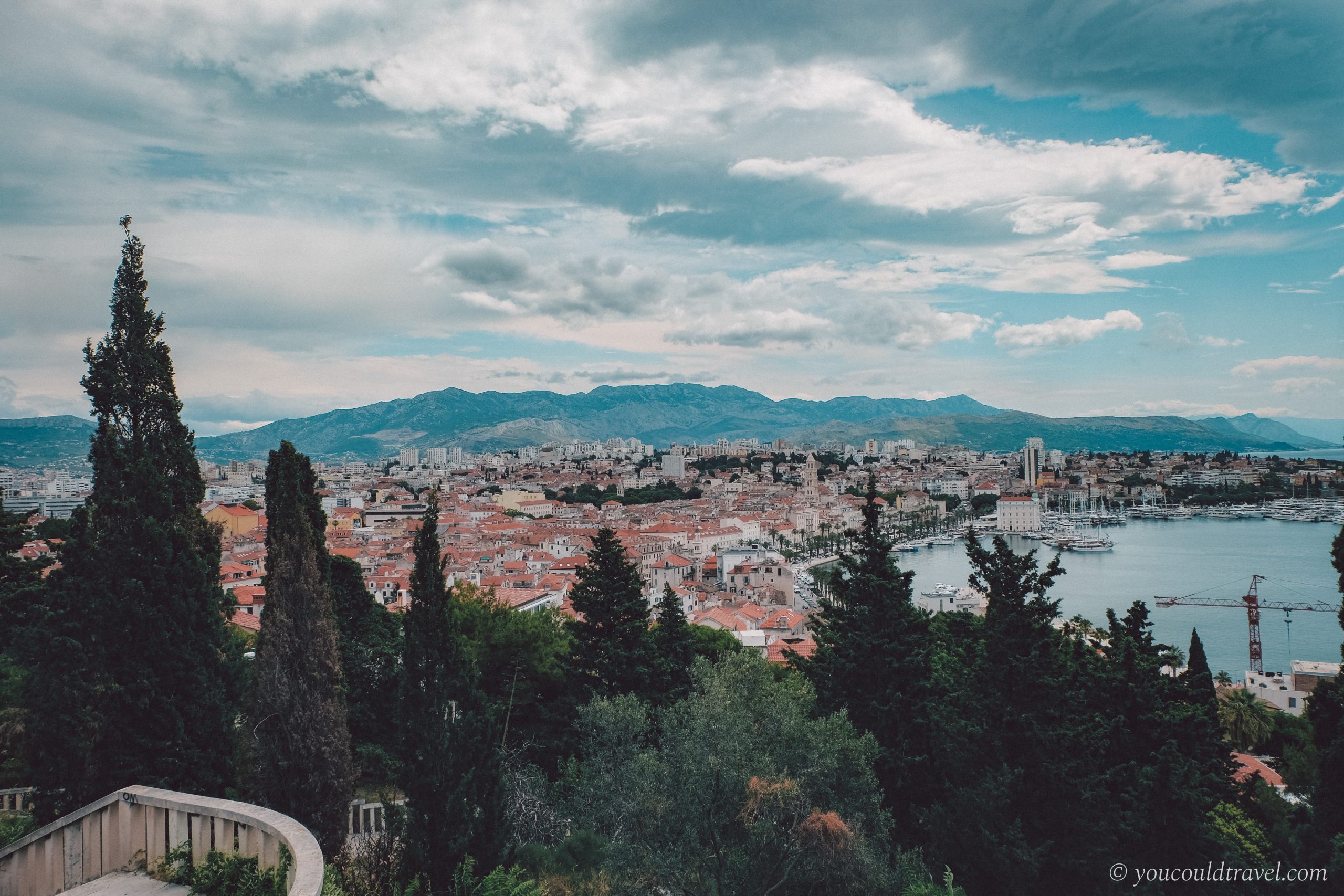
Split (2 nights)
Set beside the Adriatic Sea, Croatia’s second city offers a perfect combination of modernity and tradition. Here, historical buildings stand side by side with modern restaurants and bars, against a backdrop of dramatic coastal mountains.
The palm-lined “Riva” is a broad and buzzing waterfront promenade packed with lively bars and cafes, as well as oceanfront benches for soaking up the spectacular sea views. Coffee is a big deal in Split, and this sunny waterside promenade is the prime place to linger over a cup of joe.
At the heart of the city, the Old Town is a maze of majestic monuments and medieval alleyways, sheltered by the vast Diocletian’s Palace – a palace built for the Roman emperor Diocletian at the turn of the 4th century AD. Built as a military fortress and fortified town, the ancient palace is one of the most imposing Roman ruins in existence today. At the crossroad of the two main pathways in the palace, the Peristyle is a vibrant square lined by marble columns and overlooked by the Cathedral of St Domnius – considered one of the world’s best-preserved examples of Roman architecture.
While Split’s beaches might not share the same status as its neighbours, they still provide a relaxing place to cool off in the city. Bačvice beach, a sandy cove just minutes from the city centre, is Split’s most popular beach. The bay is south facing and sheltered so the water is warm enough to swim in most of the year. Located on the southern shores of the peninsula, Trstenik Beach is maintained by the Radisson Blu Resort and is one of the best-kept beaches in the city. After a paddle in the shallow, crystal clear waters, tuck into a seafood lunch at the beachside Mistral Beach Bar & Restaurant. On the west side of Split, the peaceful beach of Ježinac sits in the shadows of Marjan Park Forest.
Set 178m above sea level, Marjan Forest Park is a green oasis away from the hustle and heat of old town. Walking trails pass through pine forests and along the coast, to scenic lookouts, cave dwellings and ancient chapels. For the best views over the city and the Adriatic, climb the 300 stairs to the summit of Marjan Hill, marked by a Croatian flag. After a long walk through the park, descend to one of the beaches along the coast. Kasjuni Beach is a great choice.
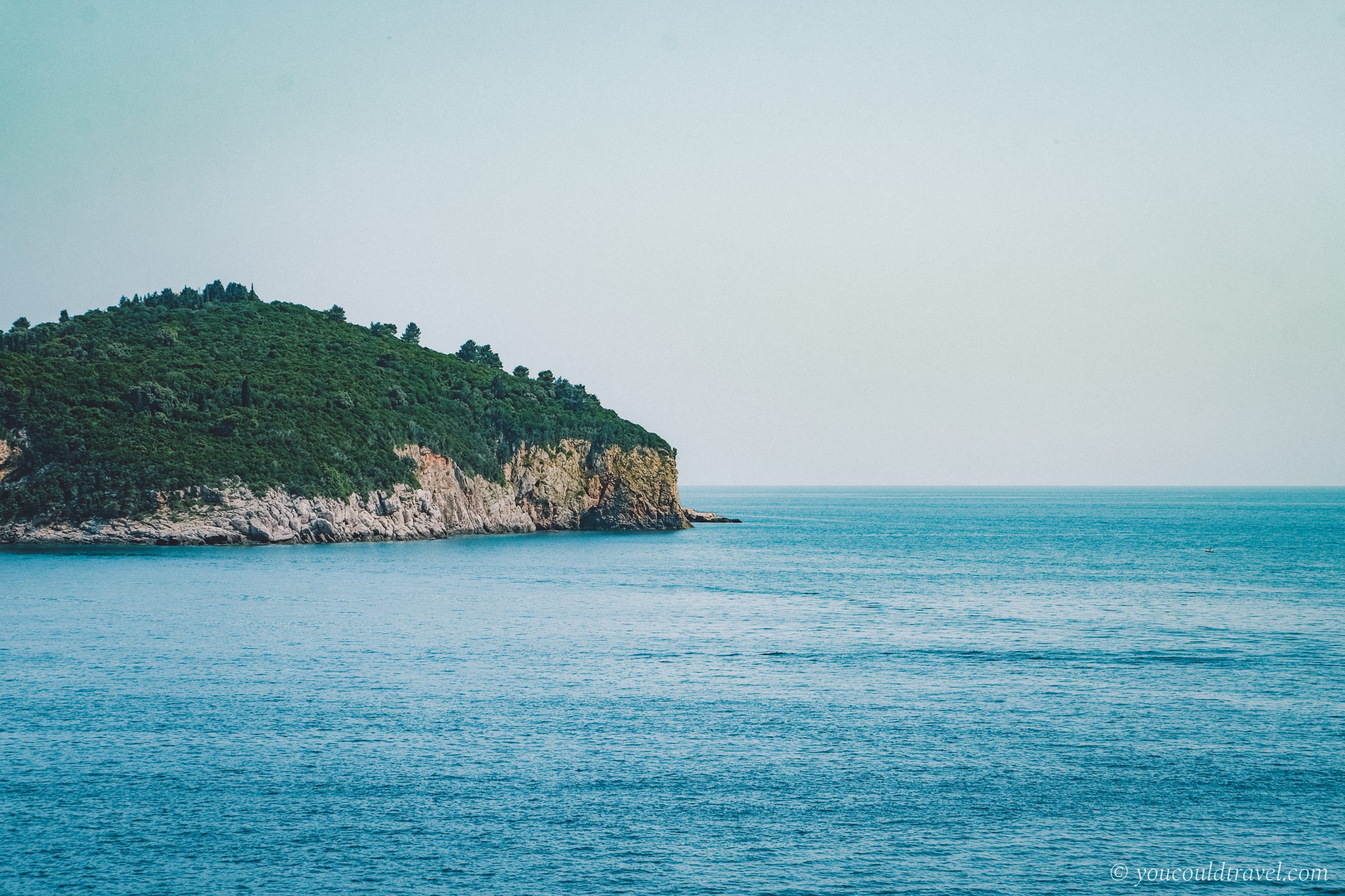
Split, as well as being a destination in its own right, is also a launching pad to the rest of the Dalmatian Coast, including Zadar and the Plitviče Lakes in the north, Dubrovnik in the south, and inland to neighbouring Bosnia and Herzegovina. If Plitviče Lakes is on your hit list, and you don’t want to join a tour, you’ll need to hire a set of wheels. Sure, it’s a long journey — almost three hours by car from Split — but it’s well worth the early start to visit the country’s oldest and largest national park, famous for its turquoise lakes and countless waterfalls. Just a mere hour from Split, Krka National Park is more accessible than Plitviče Lakes. While the park is smaller, swimming is permitted.

How to get around Split
Split’s compact size and its comprehensive public transport network mean that you can get almost anywhere by bus. Split’s bus system is efficient, reaching almost every corner of the city and even extending beyond Split to Trogir, Solin and Omiš. You can check routes and schedules on the Promet Split website.
While buses are reliable, clean and efficient, if you’re planning to explore beyond the city, the easiest way to do so is by car. And thanks to well-maintained roads, Croatia is an easy country to explore independently. Like most of Europe, Croatian’s drive on the right side and follow similar road rules: observe speed limits, don’t use your phone while driving and wear a seat belt. The Croatian Auto Club (HAK) has a useful app with traffic information. They also provide roadside assistance should you need it.
Nearly all major car rental companies have offices in the Split airport and in town, including Sixt, Avax, Alamo and Enterprise.

Where to stay in Split
Hotel Vestibul Palace is an exclusive boutique hotel, with a bar, restaurant and wine cellar, within the walls of Split’s ancient palace. With just seven contemporary-styled rooms and suites, the hotel feels delightfully intimate. Nearby, the boutique Palace Judita Heritage Luxury Hotel is located on the historical site of 13th-century Palača Pavlović, on the gorgeous main square in the heart of the town. Each of the eight rooms is beautifully decorated with exposed stone walls, natural wood furniture and modern bathrooms. Guests are welcomed with a glass of wine and every room receives a complimentary bottle of local Croatian wine.
Where to eat in Split
For Dinner
If you’re looking for a hearty dinner, head to Konoba Hvaranin, a family-run eatery serving up traditional Croatian cuisine. Once a bland cafe, Hvaranin is now one of the liveliest traditional restaurants in the city. Just a five-minute walk west of Old Town is Galija, considered the best pizza joint in town.
For Lunch
Beautifully set on the second floor of the 15th-century Papalić Palace, Apetit serves Mediterranean fare in a dining room decorated with colourful oil paintings.

Hvar (5 nights)
Dubbed the new “St-Tropez,” Hvar is Croatia’s most happening island. It’s also the only island in the world with four UNESCO World Heritage Sites.
The island’s hub, Hvar Town, is a maze of winding cobblestone lanes and old stone houses that spill out onto lively St Stephen’s Square and sit under the protective gaze of a medieval hilltop fortress, Hvar Fort. A short yet steep, climb will bring you to the fortress walls, where you’ll be rewarded with panoramic views over Hvar Town and the surrounding Pakleni Islands. Entry costs 25 kunas, but it’s well worth it for the stunning views.
Fashionable hotels, fancy fish restaurants and trendy waterside bars adorn Hvar’s yacht-lined harbour. Settle into one of the many harbourfront bars or cafes to watch the superyachts come and go.
Hvar Town’s reputation as Croatia’s party town is well deserved. While Hula Hula is still the spot for sunset cocktails, the island of Majerovica is home to the trendy beach club, Carpe Diem. Best accessed by speedboat, you can sip Pina Coladas on the beach during the day, or party late into the night.
Away from Hvar Town, there are still a few places that have retained the traditional Croatian charm. Head inland and you’ll find a hidden landscape of olive groves, lavender fields and a patchwork of vineyards. Sip and swirl your way around Hvar’s wine regions, including Stari Grad Plain – a UNESCO World Heritage Site and the oldest continually-cultivated vineyard in the world. On the north side of the island, Jelsa is a small picturesque settlement surrounded by pine forests, olive groves and wineries. While you won’t be dazzled by incredible architecture, the town sits at the foot of a pretty bay, which is peppered with restaurants and coffee shops. Some 7 miles from Hvar Town, the traditional village of Velo Grablje is at the centre of the island’s thriving lavender industry. If you’re visiting in June, you can catch the annual Lavender Festival, which hosts workshops, talks and performances.
The coastline is peppered with pretty coves and sleepy fishing villages. Pokonji Dol Beach, just a 25-minute walk from the main harbour, is one of the most accessible beaches for anyone staying in Hvar Town. Continue along the coast and you’ll arrive at Mekicevica Bay – a crystal-clean, white-stone beach. After a dip, tuck into a delicious seafood lunch at Robinson, the bay’s famous restaurant, which serves up traditional Dalmatian dishes. A few miles east is the village of Milna, situated in a protected cove with two sandy beaches. Further east and reached only by car or boat, Dubovica is one of the most picturesque and popular beaches on the island.
But if one picture-perfect island isn’t enough, the beautiful Pakleni Islands lie just offshore. The closest of the islands is Galesnik, renowned for its eco-ethno restaurant.

Behind it is Jerolim, where clothing is entirely optional. While most people get as far as Amo Beach Bar, if you walk just 40 metres through the woods, you’ll find an even more perfect place to spend the afternoon. If it’s nightlife you are looking for, the nearby island of Marinkovac is home to Carpe Diem. By day, a trendy beach club, by night, the biggest party on the islands. For a more low-key vibe, Mlini and Zdrilca, both have great beaches and restaurants.
Perhaps the most popular of the Pakleni islands, Palmizana is known for its pretty Vinogradisce Bay, backed by a dense pine tree forest. There are five restaurants on the island including the famous Laganini Lounge Bar & Fish House. The menu is expensive, but if you’re looking for a boujee spot to sip fizz at sunset, this is the place for you. Most of the main islands can be accessed by water taxi, but there are also several smaller islands that can easily be explored independently.
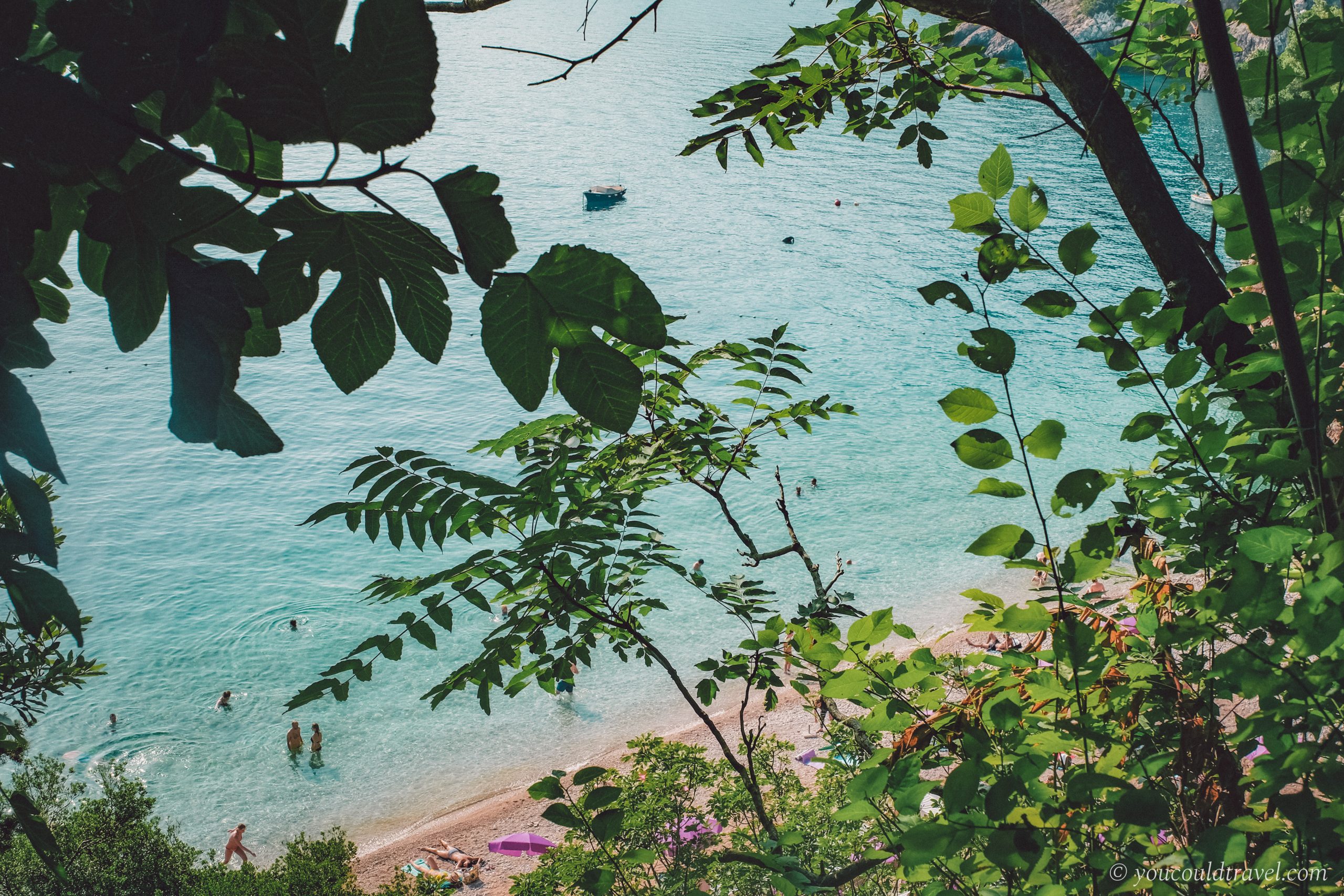
How to get around Hvar
Hvar Town and its harbour are very walkable, so it’s unlikely you’ll need a set of wheels every day. But, if you’re planning to get off the beaten track, the easiest way to get around is by car or scooter.
The island’s bus operator, Cazmatrans, connects Hvar Town, Stari Grad, Jelsa, Sucuraj, as well as other destinations, although the schedules make it nearly impossible to visit more than one place a day.
To explore the nearby Pakleni Islands, hop aboard one of the many taxi boats bobbing up and down in the harbour. To explore the islands independently, you can hire a speedboat or a “pasara” (small motorboat), depending on your budget and needs. Renting a boat on Hvar is convenient since you don’t need a license or a skipper, and an instructor will teach you how to control the boat.

Where to stay in Hvar
In a sheltered bay, a lovely 10-minute walk from Old Hvar Town, Hotel Amfora is a large, seventies style resort that’s popular with couples, groups and families alike. Guests can take a dip in the freshwater pool, chill in a beachfront cabana, hone their volleyball skills and workout in the rooftop gym. While there’s no spa, guests can use the sensory spa at the nearby sister hotel, Adriana. Overlooking the trendy harbour in Hvar’s old town, Hotel Adriana has 62 spacious and stylish rooms, a waterside restaurant and a beautiful spa complete with a rooftop pool. Just across the harbour, on the palm-lined promenade, the Riva Hvar Yacht Harbour Hotel attracts wealthy young travellers seeking a glamorous abode. Behind the traditional stone exterior, the hotel has adopted a Hollywood glamour theme, with large black and white photos of vintage film stars in every room.
Where to eat in Hvar
For Dinner
Hidden on a narrow laneway, just off the main square, Macondo serves up some of the best seafood in town. The whole menu is delicious, but the restaurant’s speciality is the gregada, a hearty fisherman’s stew with potatoes and garlic. Nestled into the ancient part of Hvar, Konoba Menego is a small, family-run tavern serving up traditional Croatian dishes such as pašticada, a delicious stewed beef dish cooked in a special sauce.
For Breakfast/lunch
Located on a charming side street, just off the main square, Fig Cafe is a relaxed spot to grab a bite to eat. This hidden gem is known for its creative dishes and healthy alternatives including stuffed flatbreads, veggie curries and the restaurant’s highly acclaimed spiced eggs.
For Coffee
Coffee connoisseurs should head to Kava 37 for their cup of joe – a small speciality coffee shop in the old town.


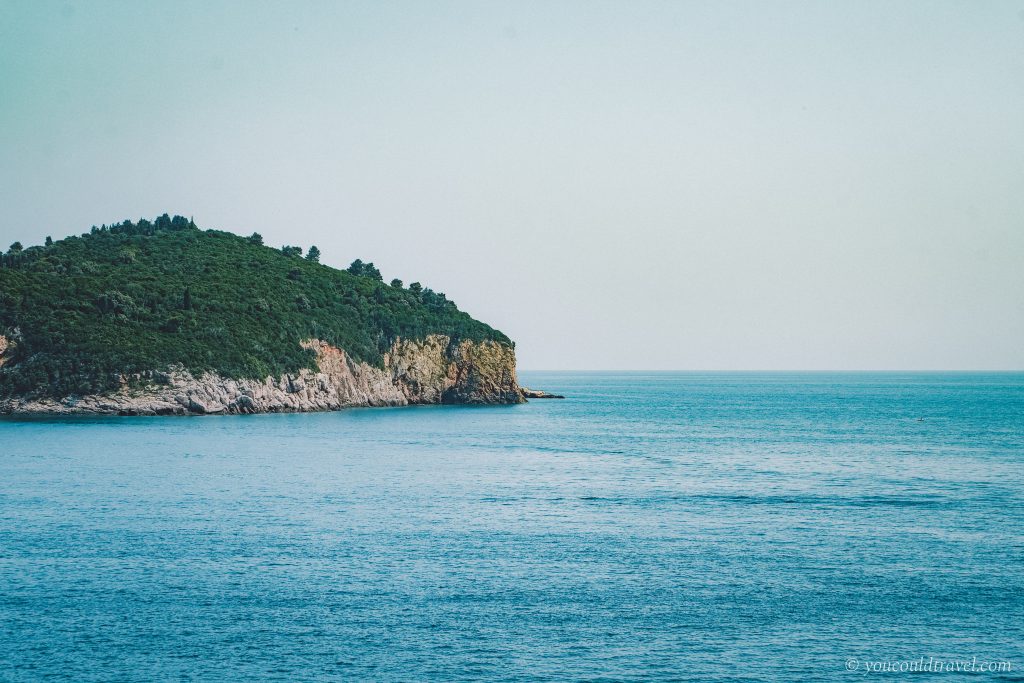
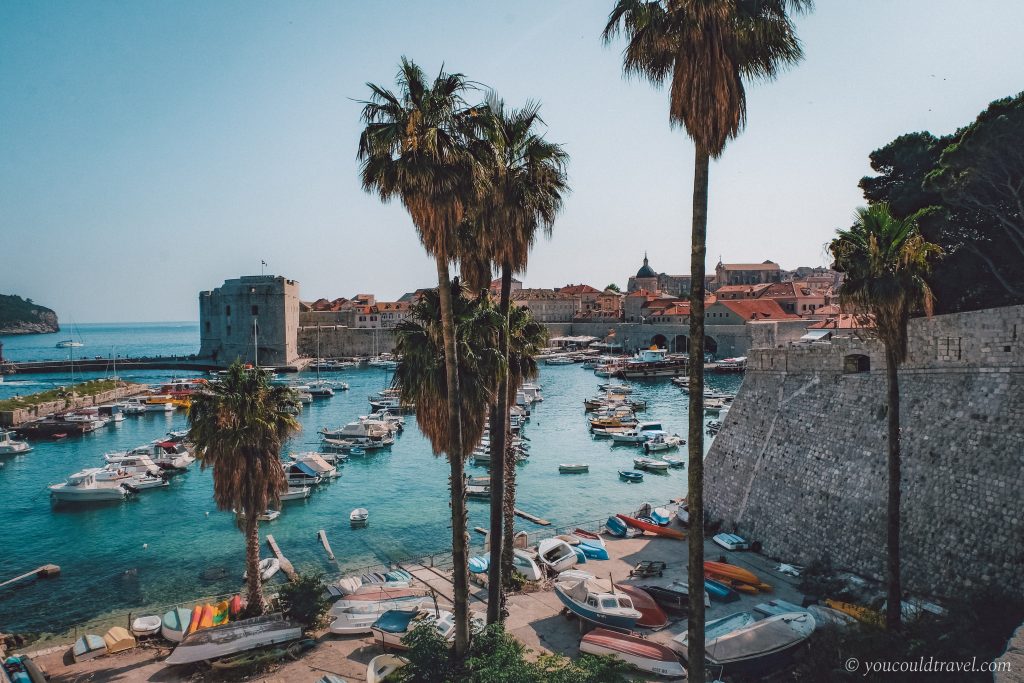





Leave a Reply